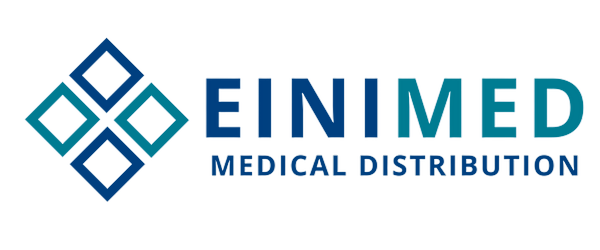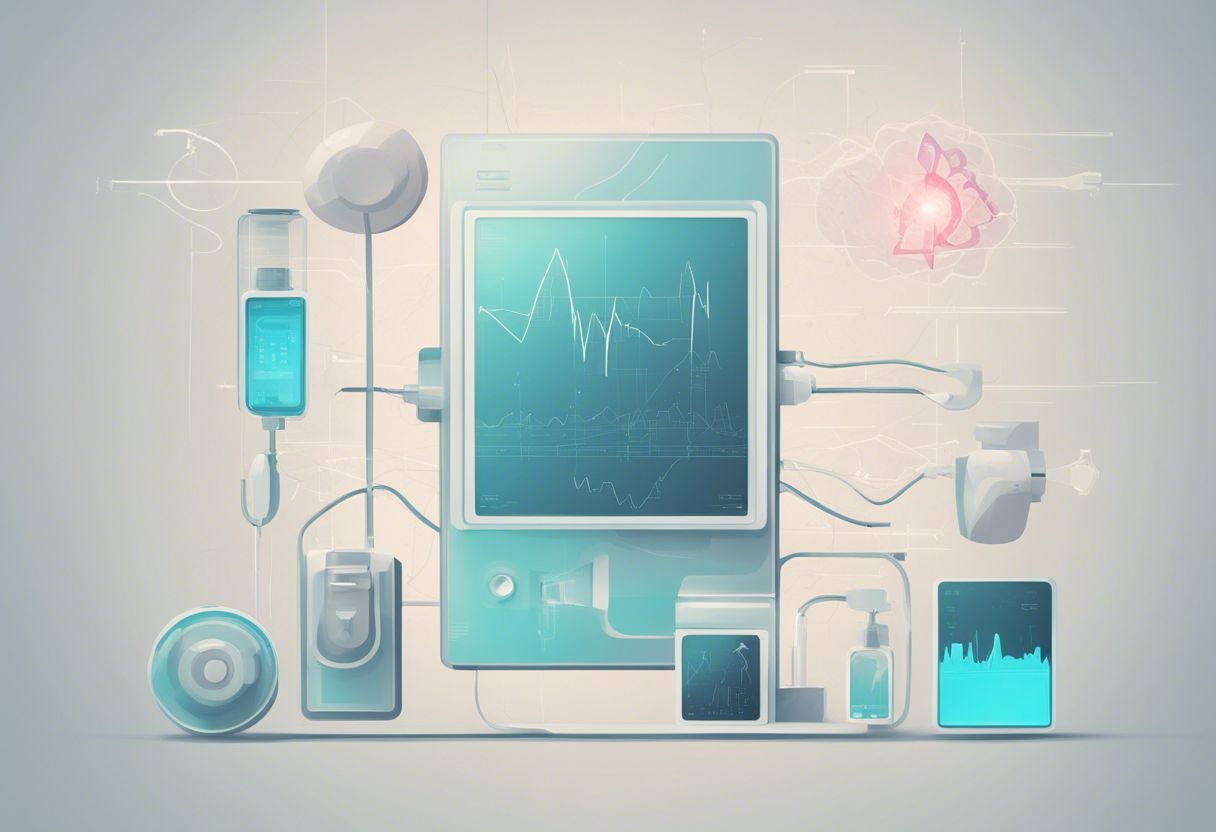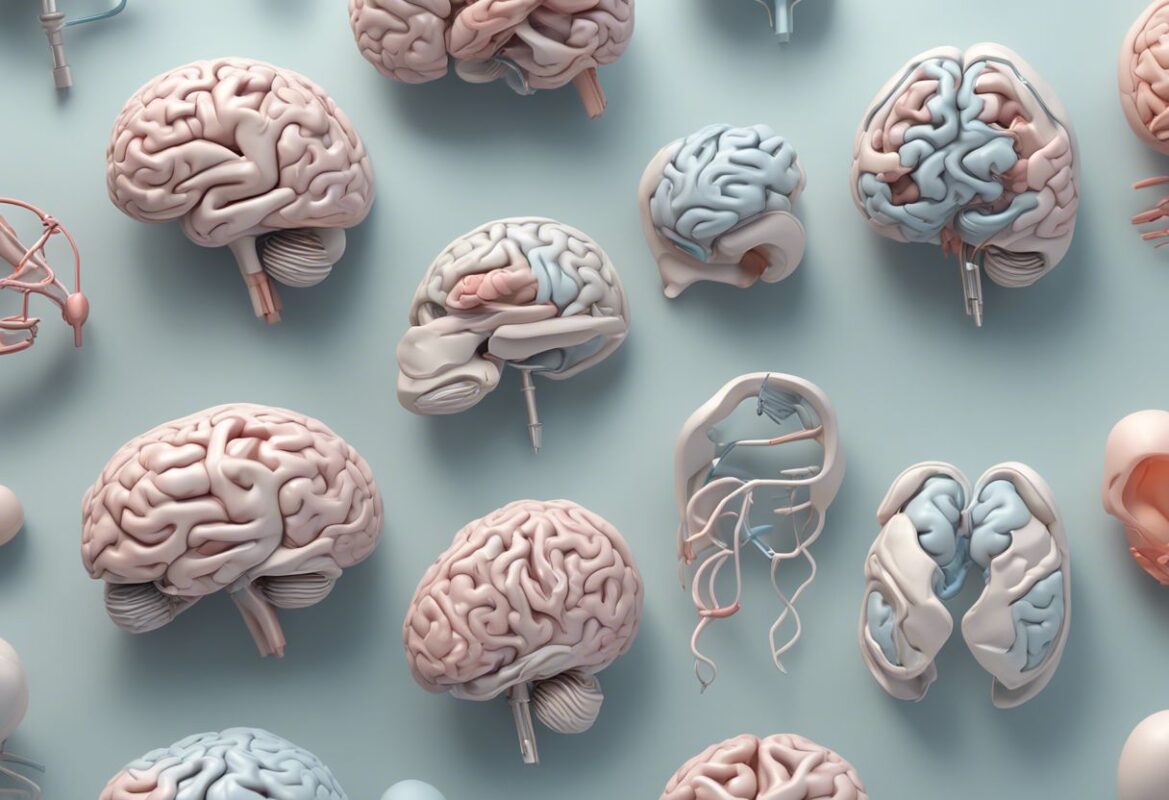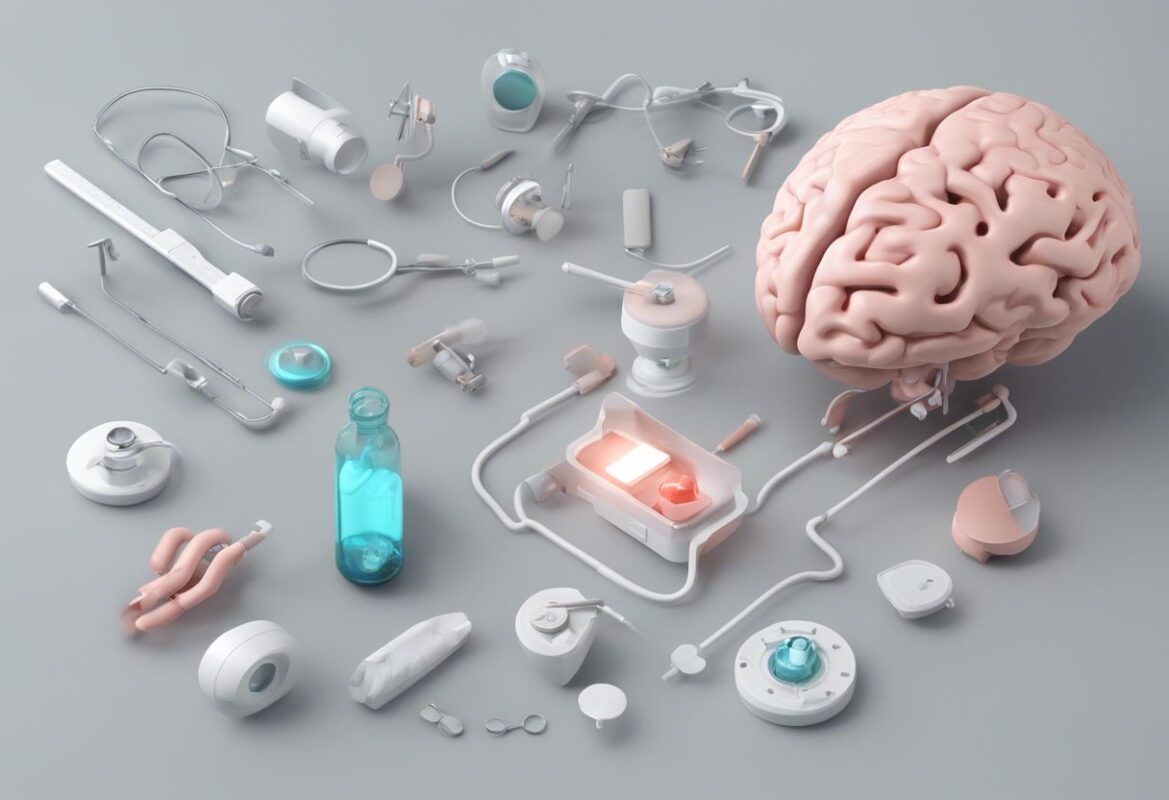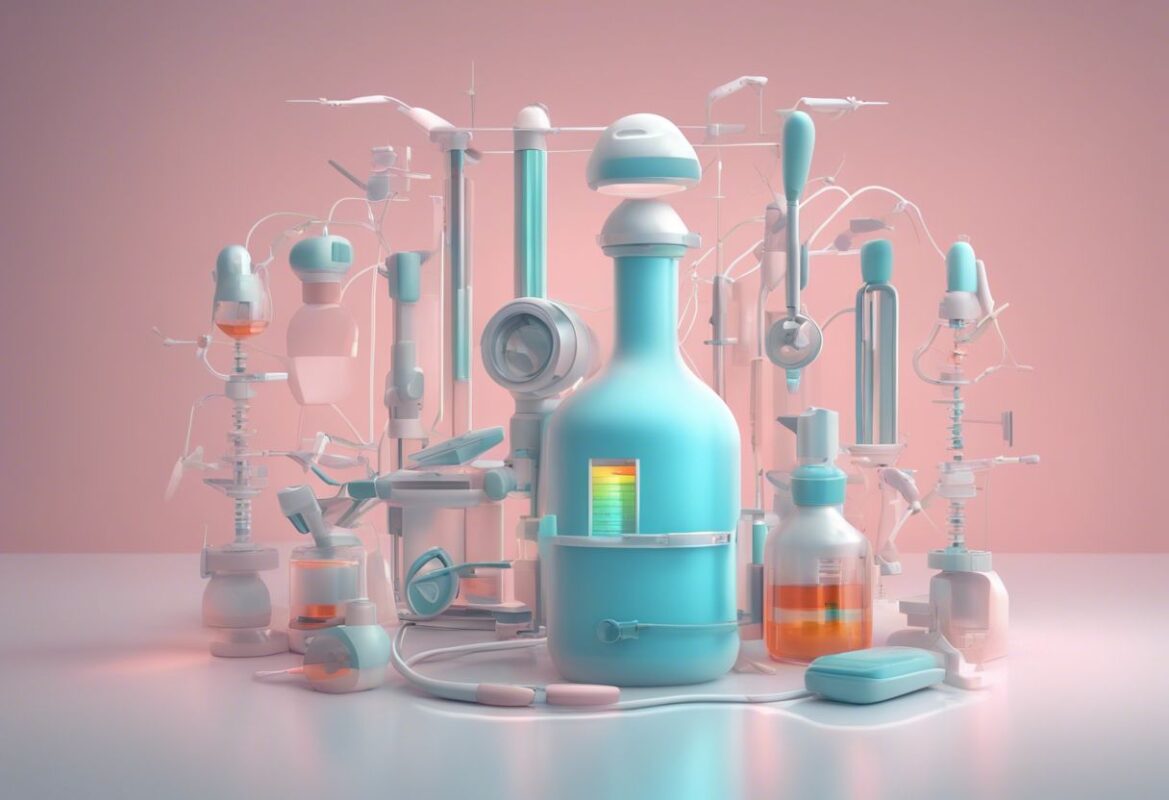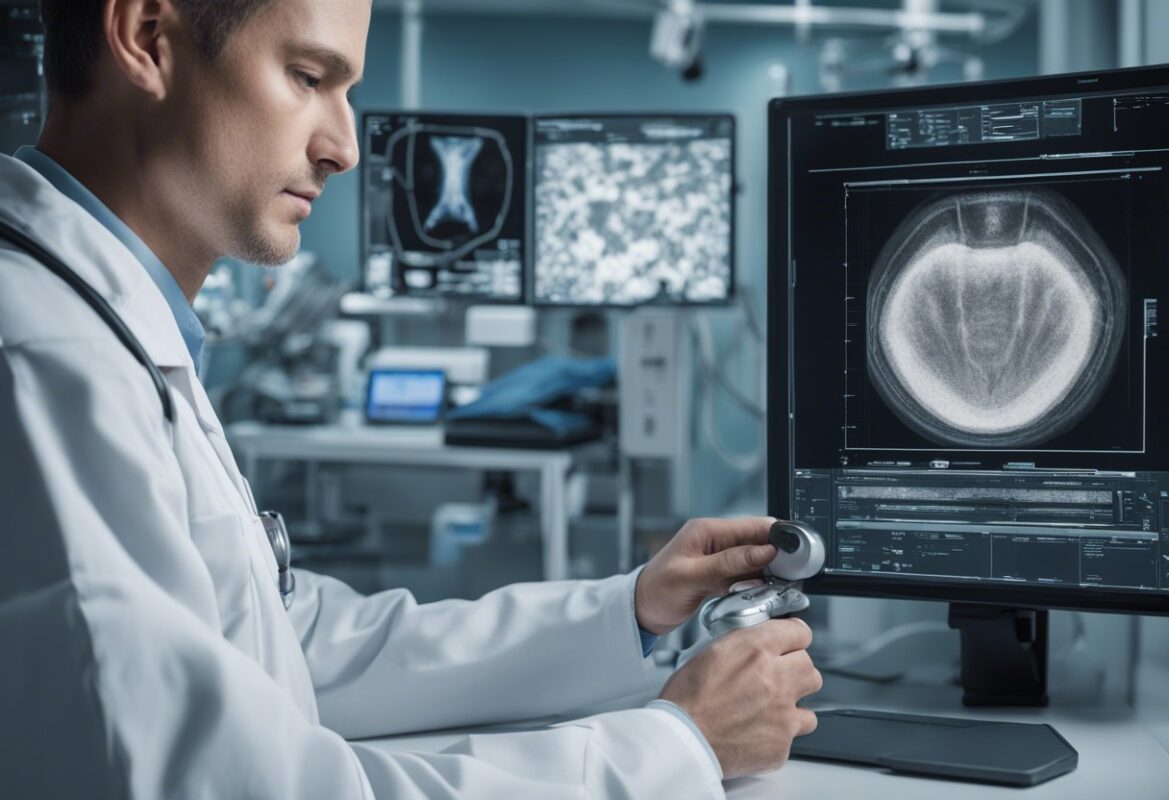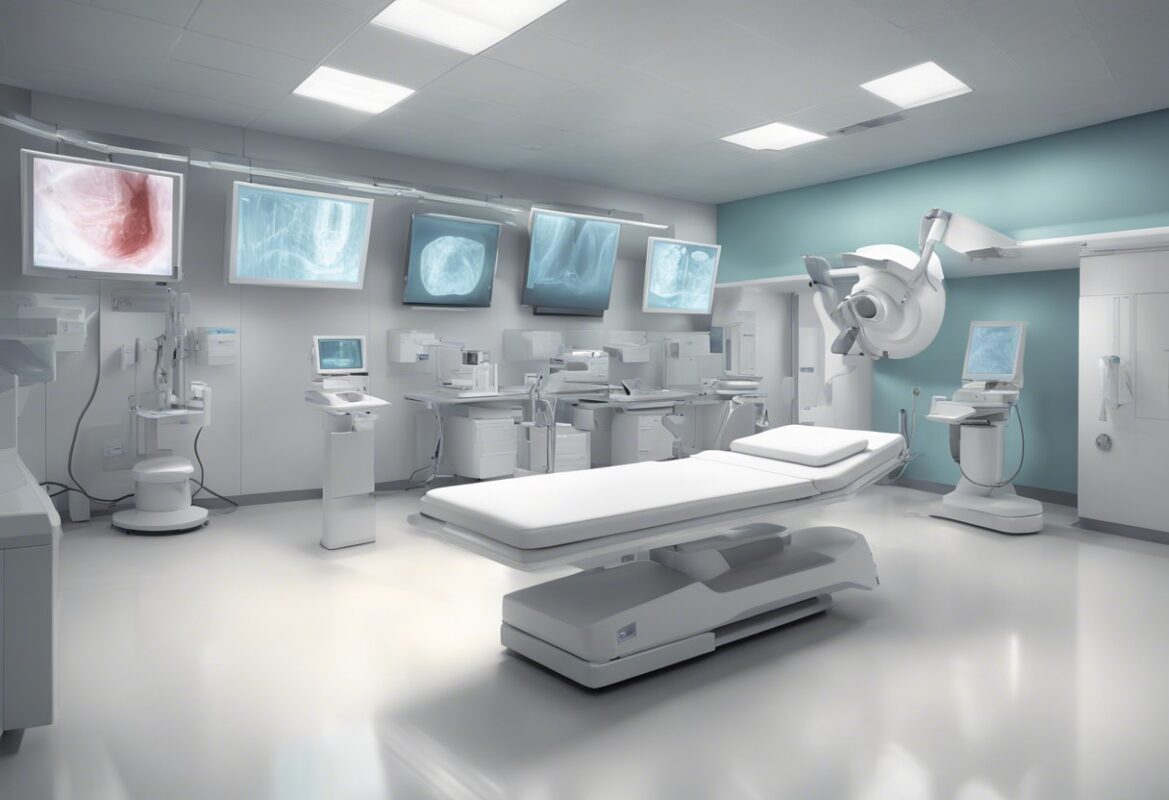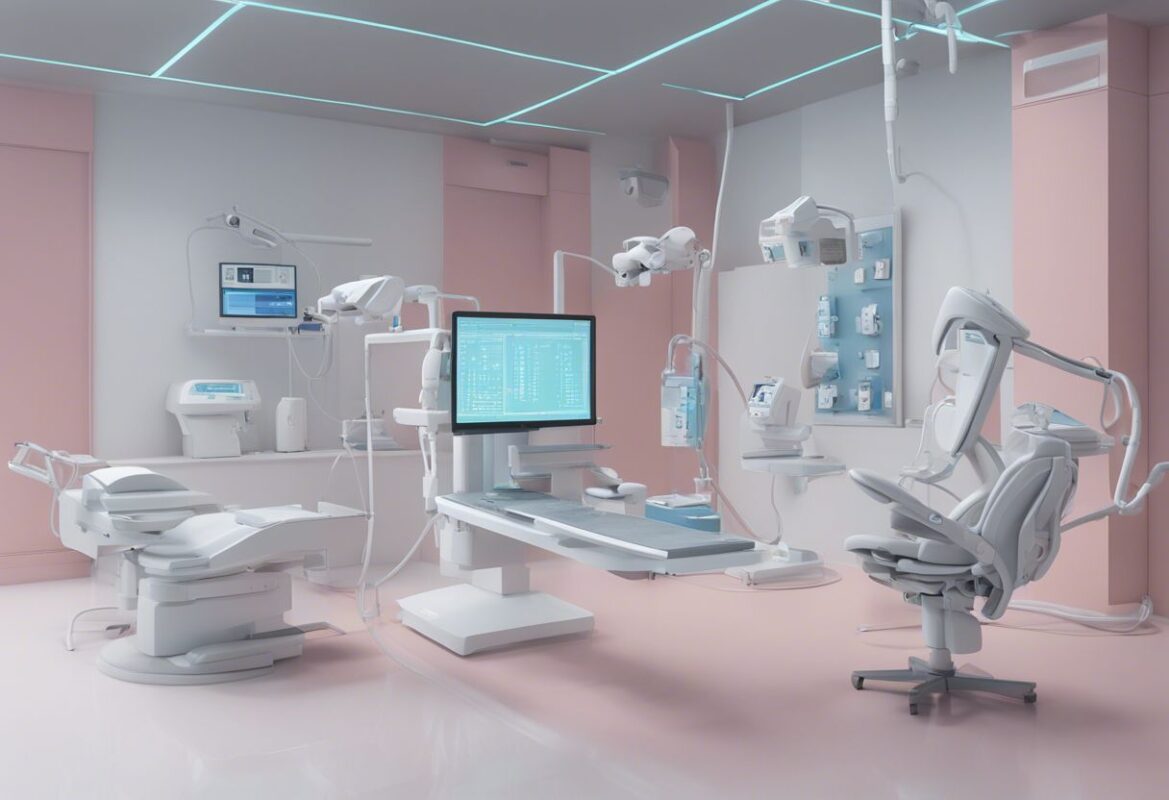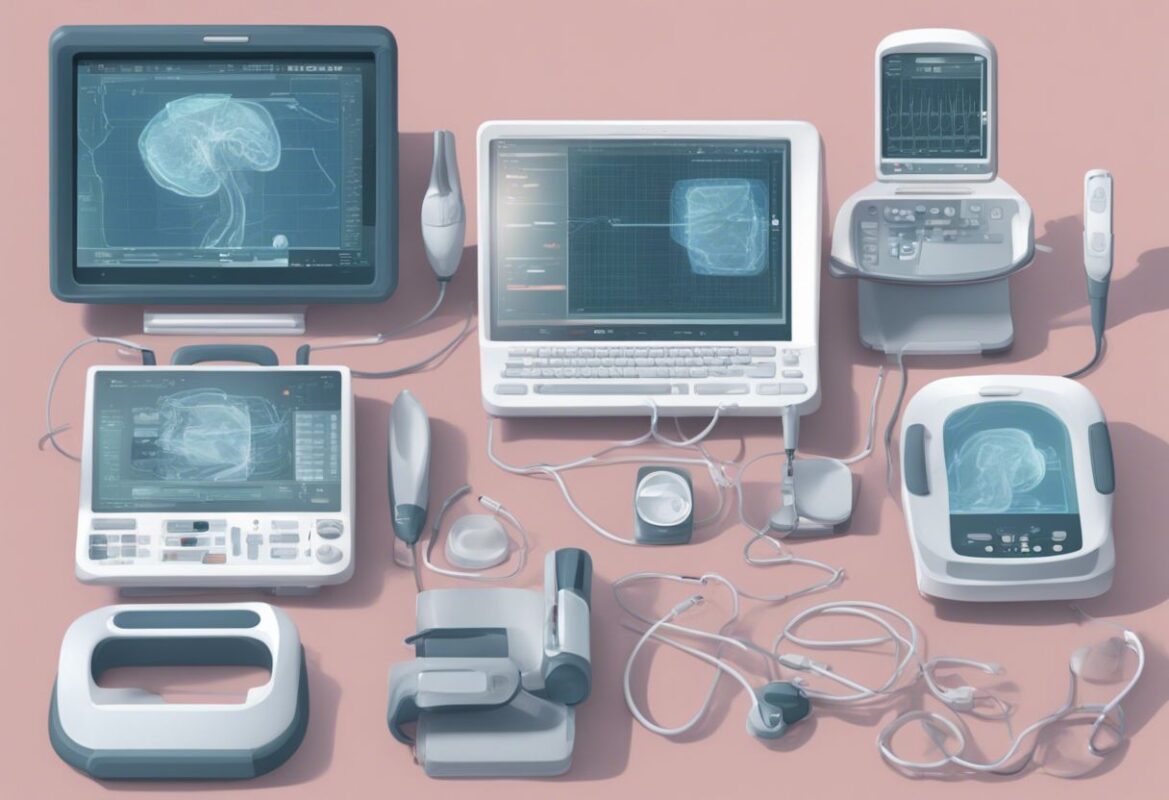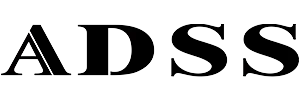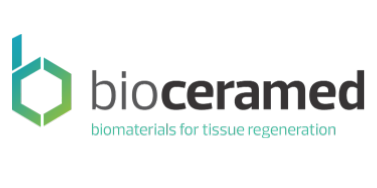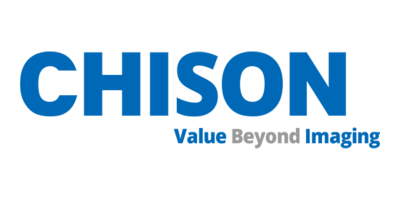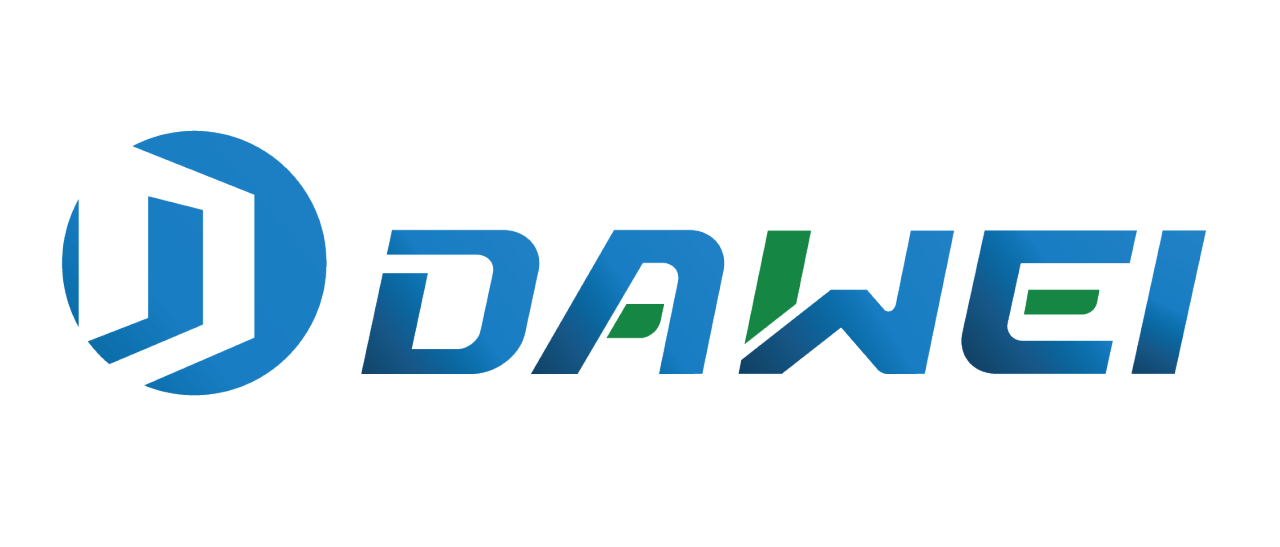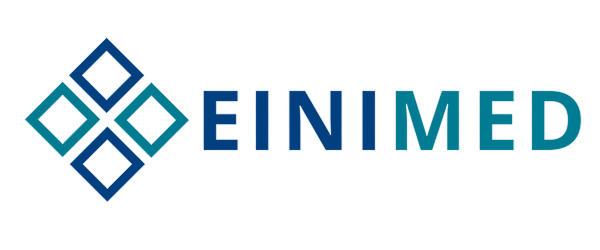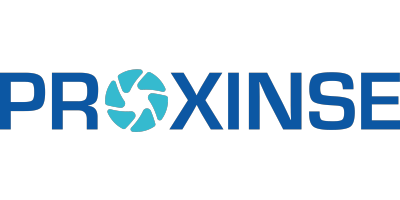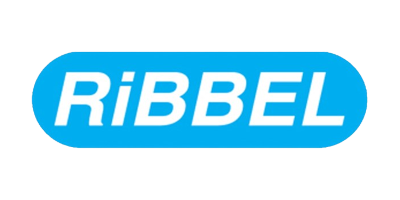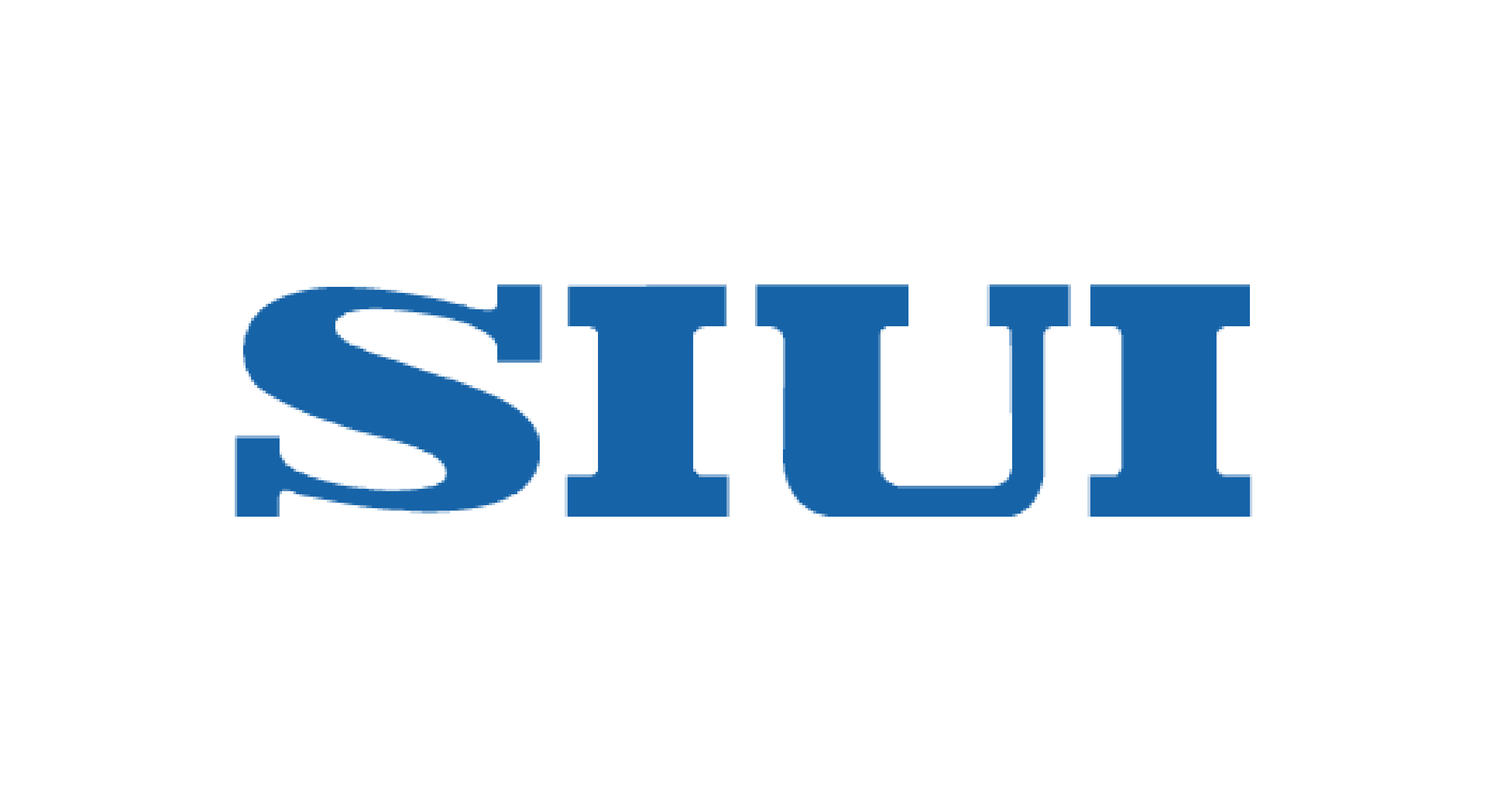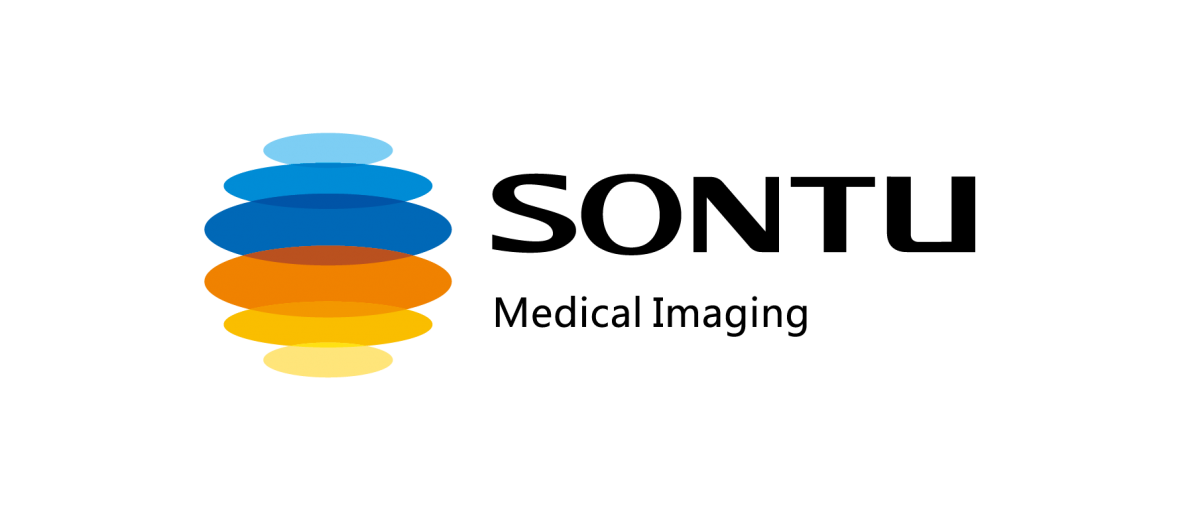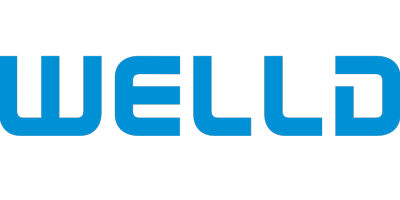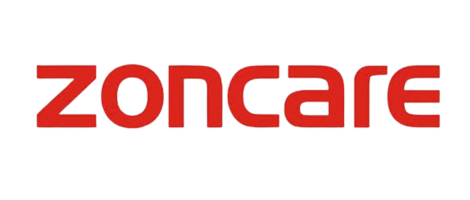The medical technology (med-tech) market is experiencing rapid growth and transformation, driven by technological advancements, changing patient needs, and evolving healthcare landscapes. Staying abreast of market trends is crucial for stakeholders to capitalize on opportunities and navigate challenges effectively. This comprehensive post explores the latest med-tech market trends, their implications, and how they are shaping the future of healthcare.
1. Growth in Telehealth and Remote Patient Monitoring
Overview
The COVID-19 pandemic accelerated the adoption of telehealth and remote patient monitoring (RPM) technologies. These solutions offer convenience, reduce the burden on healthcare facilities, and improve patient outcomes through continuous monitoring.
Key Trends
- Increased Adoption: Telehealth services have become mainstream, with more healthcare providers integrating them into their practice.
- Advanced RPM Devices: Development of sophisticated wearable and remote monitoring devices that track vital signs and health metrics in real-time.
- AI Integration: Incorporation of artificial intelligence (AI) for predictive analytics and personalized care in telehealth platforms.
Implications
- Accessibility: Expanded access to healthcare services, especially for rural and underserved populations.
- Efficiency: Improved efficiency in healthcare delivery and reduced strain on healthcare systems.
- Patient Engagement: Enhanced patient engagement and adherence to treatment plans through continuous monitoring and virtual consultations.
2. Advancements in AI and Machine Learning
Overview
AI and machine learning are revolutionizing the med-tech industry by enhancing diagnostics, treatment planning, and operational efficiency. These technologies enable more accurate and personalized healthcare solutions.
Key Trends
- AI Diagnostics: AI-powered tools for early detection and diagnosis of diseases, such as cancer and cardiovascular conditions.
- Predictive Analytics: AI models predicting patient outcomes and disease progression, enabling proactive interventions.
- Robotic Process Automation (RPA): Automation of administrative tasks in healthcare settings, improving efficiency and reducing errors.
Implications
- Precision Medicine: More precise and personalized treatment plans tailored to individual patient profiles.
- Operational Efficiency: Streamlined administrative processes, allowing healthcare providers to focus more on patient care.
- Cost Savings: Reduced costs through early detection, optimized treatment plans, and efficient operations.
3. Expansion of Wearable Health Technologies
Overview
Wearable health devices are gaining popularity for their ability to monitor various health metrics and provide real-time feedback. These devices are integral to preventive healthcare and chronic disease management.
Key Trends
- Advanced Sensors: Development of more sophisticated sensors for monitoring heart rate, blood pressure, glucose levels, and other health indicators.
- Integration with Health Apps: Seamless integration with mobile health apps for data tracking, analysis, and communication with healthcare providers.
- Focus on User Experience: Improved design and user experience to increase adoption and compliance among patients.
Implications
- Preventive Healthcare: Enhanced focus on preventive measures and early detection of health issues.
- Chronic Disease Management: Improved management of chronic conditions through continuous monitoring and timely interventions.
- Patient Empowerment: Empowered patients with tools to actively manage their health and make informed decisions.
4. Growth in Personalized Medicine
Overview
Personalized medicine tailors treatments to individual patients based on their genetic, environmental, and lifestyle factors. This approach leads to more effective and targeted therapies.
Key Trends
- Genomic Medicine: Utilization of genetic testing and genomic data to guide treatment decisions and develop personalized therapies.
- Biomarker Identification: Identification of biomarkers for early diagnosis and monitoring of treatment efficacy.
- Customized Drug Formulations: Development of custom drug formulations based on individual patient profiles.
Implications
- Improved Outcomes: More effective treatments with fewer side effects, leading to better patient outcomes.
- Reduced Trial-and-Error: Reduced need for trial-and-error in finding the right treatment, improving efficiency and patient satisfaction.
- Cost-Effectiveness: Potential cost savings through optimized and targeted therapies.
5. Advances in 3D Printing
Overview
3D printing technology is transforming the production of medical devices, implants, and even tissues and organs. It allows for high customization and rapid prototyping.
Key Trends
- Custom Implants and Prosthetics: Production of patient-specific implants and prosthetics that fit perfectly and enhance functionality.
- Surgical Guides and Models: Creation of detailed anatomical models and surgical guides to improve surgical precision and outcomes.
- Bioprinting: Research into 3D printing of tissues and organs for transplantation and regenerative medicine.
Implications
- Personalized Care: Custom medical solutions tailored to individual patient needs.
- Improved Surgical Outcomes: Enhanced precision and reduced risk in surgical procedures.
- Innovation in Regenerative Medicine: Potential breakthroughs in organ transplantation and tissue engineering.
6. Emphasis on Cybersecurity
Overview
With the increasing digitization of healthcare, cybersecurity has become a critical concern. Protecting patient data and ensuring the security of medical devices are paramount.
Key Trends
- Data Encryption: Implementation of advanced encryption techniques to protect patient data during transmission and storage.
- Device Security: Development of secure medical devices with built-in security features to prevent cyber threats.
- Compliance with Regulations: Adherence to regulatory standards such as HIPAA and GDPR to ensure data privacy and security.
Implications
- Trust: Building trust between patients and healthcare providers by ensuring data privacy and security.
- Regulatory Compliance: Avoidance of legal issues and penalties through compliance with data protection regulations.
- Resilience: Increased resilience against cyber threats and data breaches.
7. Increasing Focus on Sustainability
Overview
Sustainability is becoming a key consideration in the med-tech industry. Companies are adopting eco-friendly practices and developing sustainable products to reduce their environmental impact.
Key Trends
- Eco-Friendly Materials: Use of biodegradable and recyclable materials in medical devices and packaging.
- Energy-Efficient Manufacturing: Implementation of energy-efficient processes and technologies in manufacturing.
- Sustainable Supply Chains: Development of sustainable supply chain practices to minimize environmental impact.
Implications
- Environmental Responsibility: Contribution to global sustainability goals and reduction of environmental footprint.
- Consumer Preference: Meeting the growing consumer demand for eco-friendly and sustainable products.
- Regulatory Compliance: Adherence to environmental regulations and standards.
Conclusion
The med-tech industry is undergoing significant transformation, driven by advancements in technology and changing healthcare needs. Trends such as the growth in telehealth, AI and machine learning, wearable health technologies, personalized medicine, 3D printing, cybersecurity, and sustainability are shaping the future of healthcare. By staying informed and adapting to these trends, stakeholders can capitalize on opportunities, overcome challenges, and continue to advance healthcare delivery. As a trusted partner in medical excellence, EINIMED is committed to supporting healthcare professionals and institutions in navigating this dynamic landscape, ensuring they have access to the latest innovations and technologies to provide outstanding care.
